Disclaimer: This post contains affiliate links to handpicked partners, including tours, gear and booking sites. If you click through or buy something via one of them, I may receive a small commission. This is at no extra cost to you and allows this site to keep running.
Here’s what to do in Leipzig, Germany to see the preservation of its stylish past and the artistic reinvention of a once urban wasteland.
As soon as you arrive in Leipzig in eastern Germany, you know you have landed in a city of style and creativity – known as one of Germany’s greatest cities of innovation, artistry and progressive change. Whether you stumble upon a classic façade or a multicoloured modern mural, a significant historical site or a new enterprise, Leipzig’s long history is never, ever lost.
In its central area, the past is preserved via the maze of courtyards mapping the time of a booming trade era, the 23 stops of the “Leipziger Notenspur” classical music trail, and the surrounding Ring Road that marks the route of a peaceful movement significant to the reunification of Germany. On the outskirts, Leipzig’s urban unkemptness is reinvented – neighbourhoods are glossed in street art, and trendy enterprise is growing and art thrives in old industrial spaces.
Contents
Leipzig – At the Forefront of Style
Leipzig’s architecture is what stood out most to me – the preservation of a city that once had a very distinct sophistication. The first city in the world to host a sample trade fair, trading palaces and courtyards were constructed to showcase and sell the stylish, luxury wears on offer.
Between 1893 and 1938, around 50 of these were constructed and over 30 of these art, culture and shopping havens remain in all their glory today – easy to spot, and wonderful to get lost within amongst the other classic buildings, churches and houses.
During GDR times, many of these classic arcades fell into disrepair, although after the fall of the wall they soon became a priority for restoration and protection because they represented of a unique style of city planning.
For a great introduction to the city’s architectural heritage, start at the Old City Hall – one of the oldest examples of German Renaissance architecture – before heading to the adjacent Madlerpassage – the largest and most important elegant shopping arcade. You can then easily move onto the Königshauspassage – where Saxon rulers traded – and the Messehofpassage – the first completed trade fair building after the war, opened in 1950.
Look out for the distinctive yellow building, the Bathels Hof – the last remaining of the 18th-century trade fair structures and the oldest surviving piece of a façade left from a Leipzig residential building. It was one of my favourites.
Leipzig – At the Forefront of Significant Political Change
Every Monday, from as early as 1982, the people of Leipzig would gather in St Nicholas Church and three others across the city to peacefully demonstrate after their prayers. They were calling for freedom and reform in the dominating, socialist GDR (East Germany).
The gatherings grew and on the 9th October 1989, around 70,000 people gathered with candles calling “Wir sind das Volk” (“We are the people”) as they marched around the city Ring Road, forming a movement that paved the way for the fall of the Berlin Wall and the reunification of Germany.
Today, a pavement light installation illuminates at night in the public spaces were people once marched. It’s a beautiful addition to the city that doesn’t forget its darker days.
The “Runde Ecke” Memorial Museum (the site of the former Stasi Headquarters) is a haunting reminder of what it was like to live here then. It has a really eerie feel about it (being very much in the same state it was left), yet it is important to visit to learn about the regime that gripped Leipzig and East Germany.
Leipzig – At the Forefront of Artistic Reinvention
There’s more to Leipzig than its stunning city centre, with sights having emerged in the industrial landscape.
I stayed in a hip space in the Spinnerei – a former cotton mill in the trendy Plagwitz district in the west of the city. Once the largest cotton mill of continental Europe, it was decommissioned in 1992 and soon developed by artists into studios, galleries and living spaces. A landmark of the modern Leipzig landscape, the Spinnerei marks another era of Leipzig’s preservation of monuments from its days of industrial expansion.
The west and south became one of my favourite spots to randomly wander in, and enjoy the alternative areas of Leipzig. What was once a blander space is now dotted with street art, graffiti and modern-day campaigners. It has a touch of the Berlin ‘cool’ about it and should definitely be explored, the antithesis to the classic persona of Leipzig which gets more attention.
In the west, I spent hours walking along Karl-heine Straße that runs between the areas of Lindenau and Plagwitz, and in the neighbourhoods around it – you can follow the tramlines to and from the city for easy navigation.
In the south, I explored Leipzig’s buzzing street culture, wandered around the areas off the main street, Karl-Leibknect-Straße and hung out at the munchie stronghold of Sudplatz.
Look out for the coffee shops, cafes and new enterprise in funky spaces, sporadic decorated buildings and old photomats. It’s an artistic blend of old and new. In the south, be sure to look out for the tacky neon advertising from the GDR days – the former Feinkost factory’s Löffelfamilie (‘spoon family’) advertisement is the best-preserved example, lighting up at night when you call a number and make a small donation (on Karl-Leibknect-Straße 36).
Classic architecture or an industrial eyesore, celebratory or dark, Leipzig doesn’t want you to forget its past. Preserving the beauty and reinventing the bland, its original glory as a city of style remains and its urban wartime wasteland is put to artistic use. For this uniqueness, it is fully worth exploring, spending at least a day in each distinct area.
Things to Know to Visit Leipzig
- The most cost-effective way to sightsee is with the Leipzig Card, which costs €14.40 for a one-day pass and €28.90 for three-days. This can be used on all public transport facilities and also gives you discounts on cultural attractions, cafes, restaurants, and leisure facilities
- Details on how to book a stay at one of the Spinnerei’s converted studio/loft spaces can be found here. Prices start from 65 Euros per night for a spacious, artistic haven you can call your own. It’s certainly an accommodation option with a difference
- Further details on everything Leipzig has to offer can be found on the official tourism website
Former East Germany Cities to Visit
Leipzig was the third stop on my ‘Fall of the Wall’ trip to former East Germany cities, to learn how Germany has changed since reunification. Looking for more places to combine with your trip to Leipzig? Start here.
- Berlin Day Trip to Potsdam – See Berlin’s neighbouring city that was also closed off.
- Things to See in Weimar – In spite of its complex history, Weimar has always remained a cultural city.
- Cultural Things to Do in Erfurt – Erfurt played a strong role in making change and shaking off past Socialist rule.
- Things to do in Dresden – A historical, cultural and artistic city full of surprises.


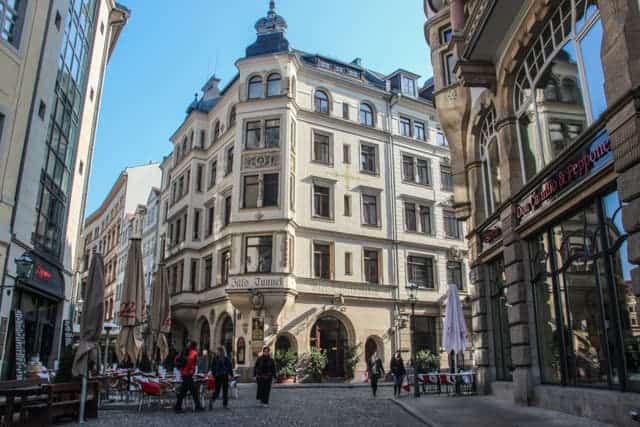
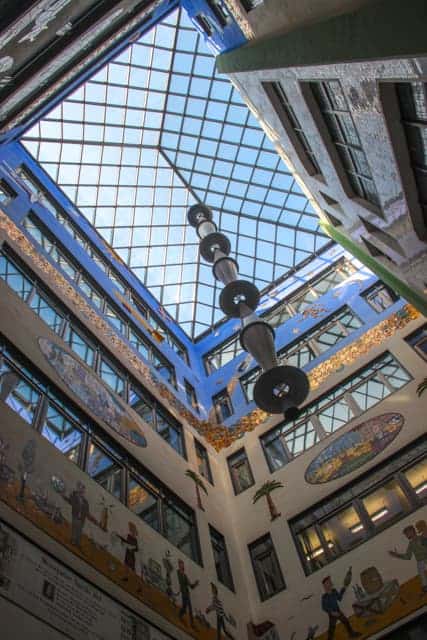
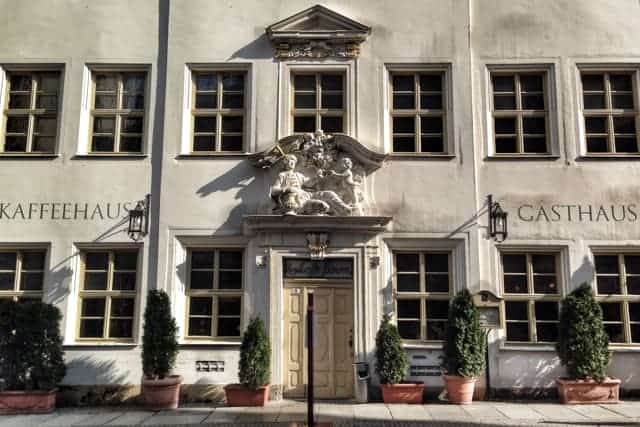
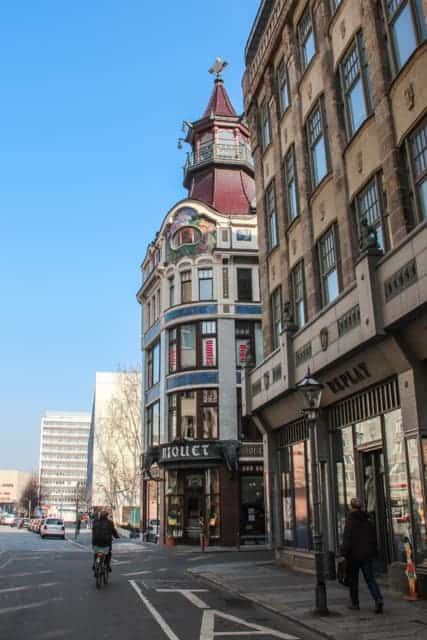
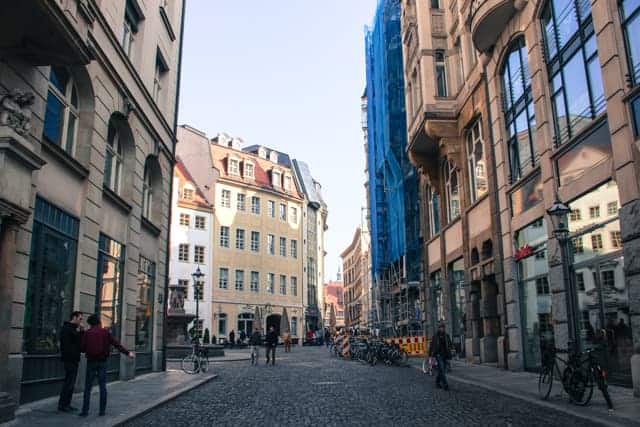
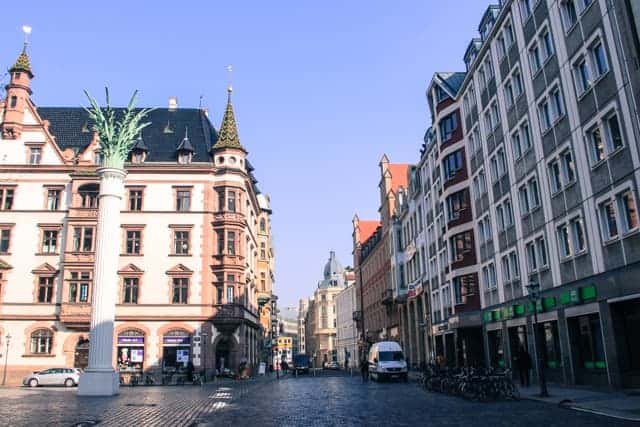
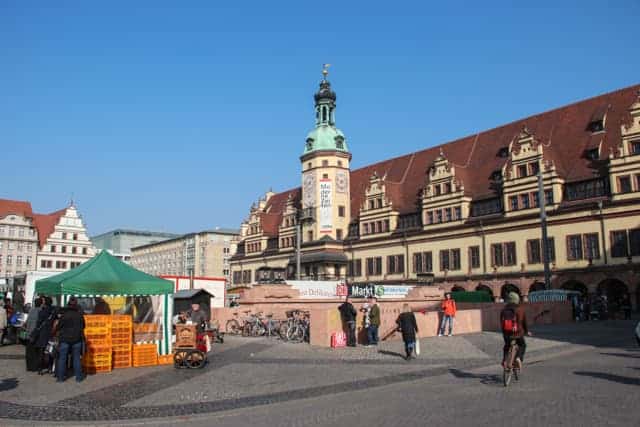
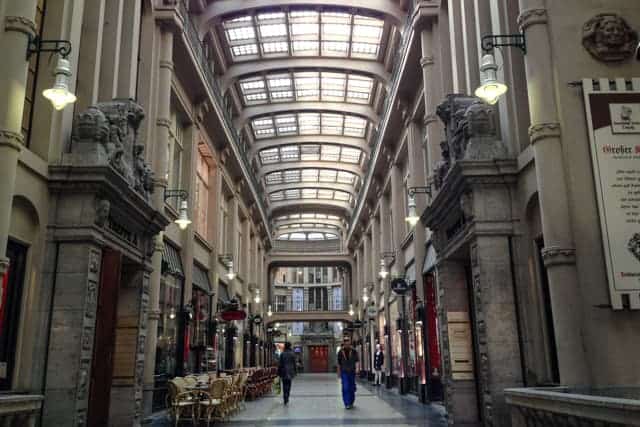
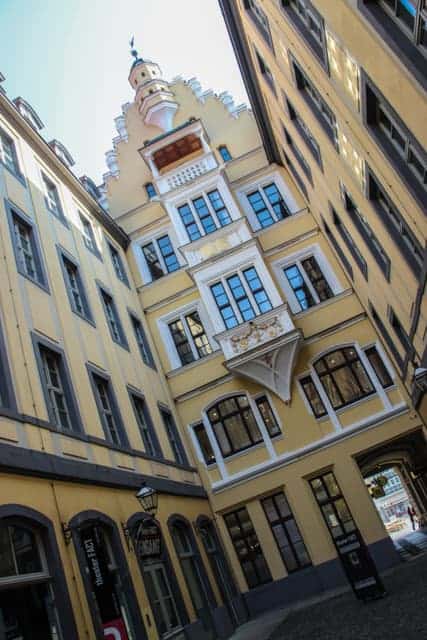

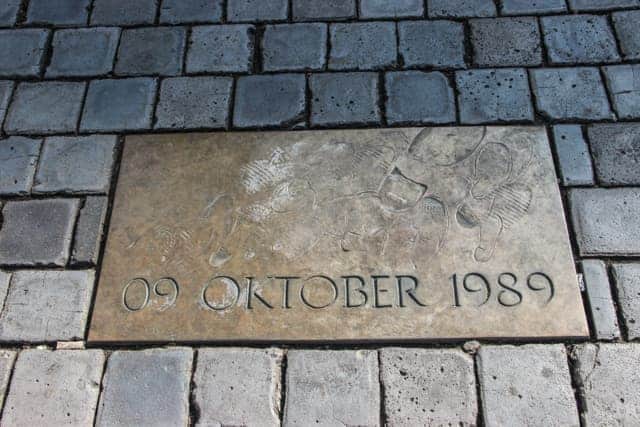
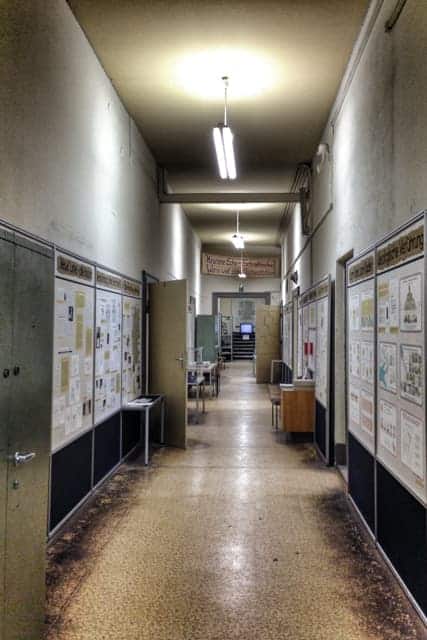

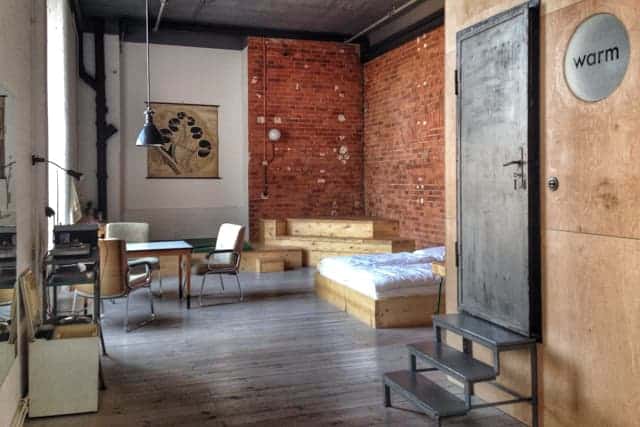
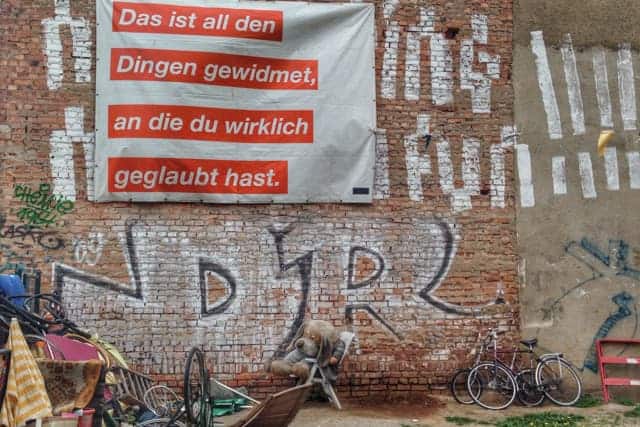
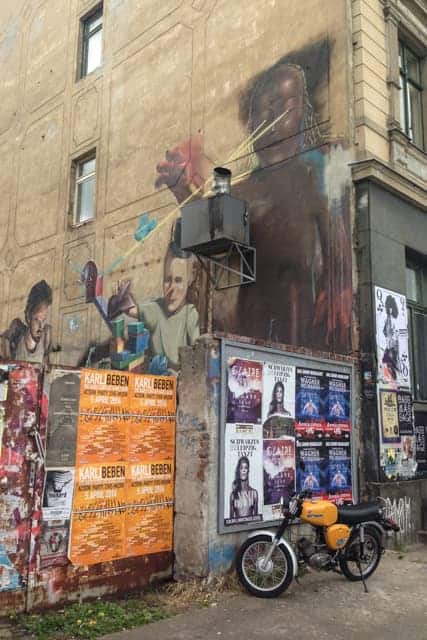
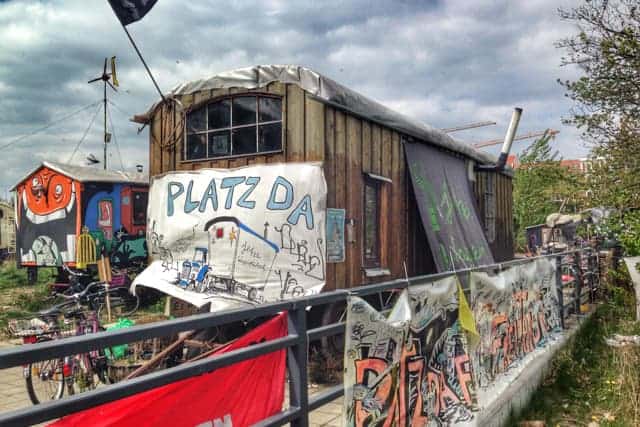
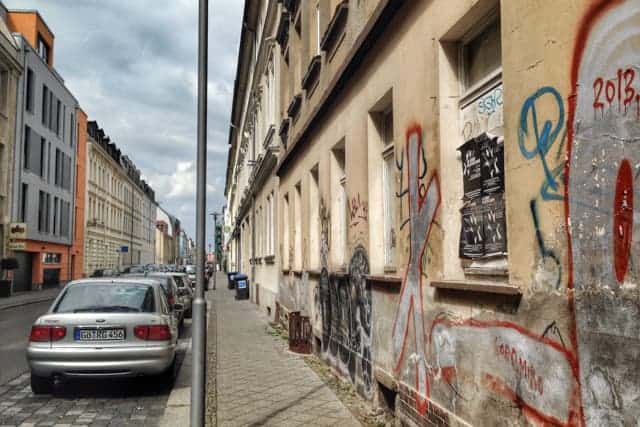
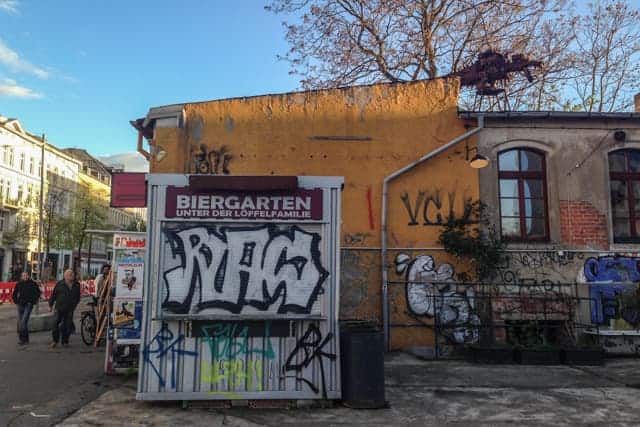
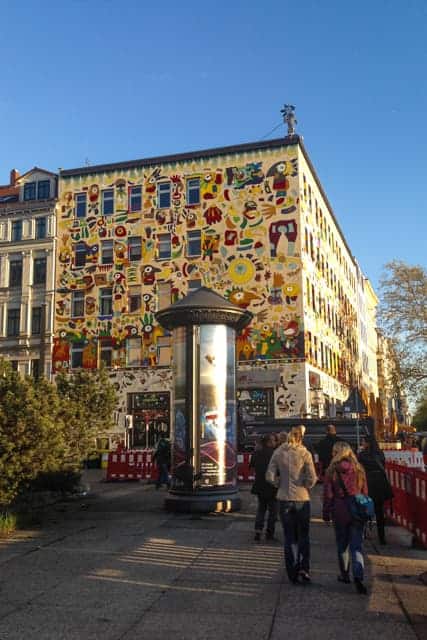
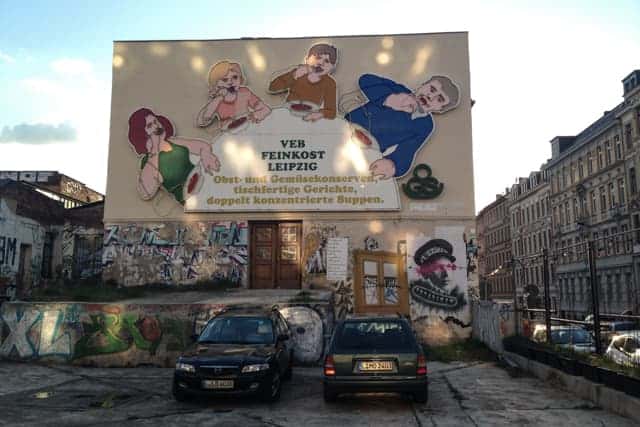
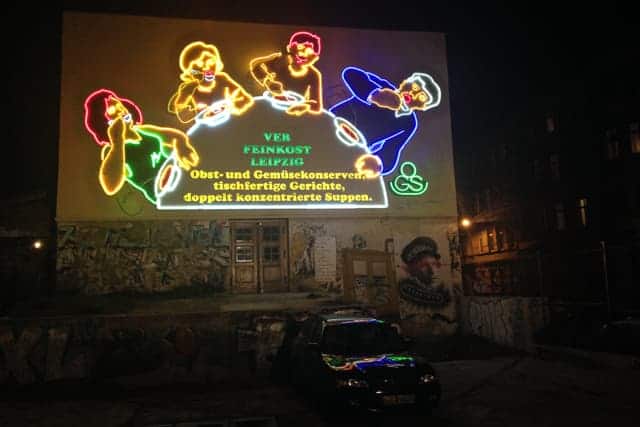

Nathan says
Leipzig is a city I now want to visit on my own travels, it looks a lovely city. I am too starting to grow to like some street art, some of it is still horrible though!
In June I will be starting a 3 month backpacking trip to Spain and south France.
kami says
I was in Leipzig back in 2007, only for few hours. It was just another random German city for me, there was nothing that could interest me a lot there and it lacked the cool vibe. From all your updates and pictures I see Leipzig as a totally different city and I want to visit it very badly now as I’m sure it has changed a lot and I’d love it big time now! I think it’s actually the case of many East German cities as Berlin is changing rapidly too and it all goes in the good direction!
Jessica Wray says
I knew little to nothing about Leipzig but it actually seems like a pretty cool place! Thanks for bringing it to my attention. I like how it holds onto its roots as a city while still moving forward. All the street art looks pretty cool too!
PassportDave says
Never knew there was so much to Leipzig. The most I have ever seen was the inside of the airport. I always just assumed it was a small nothing town. Shows what I know! Those are some absolutely fantastic pictures. Really making me want to visit the city now.
Erin says
What a cool city. I love that apartment you stayed at, I would never want to leave!